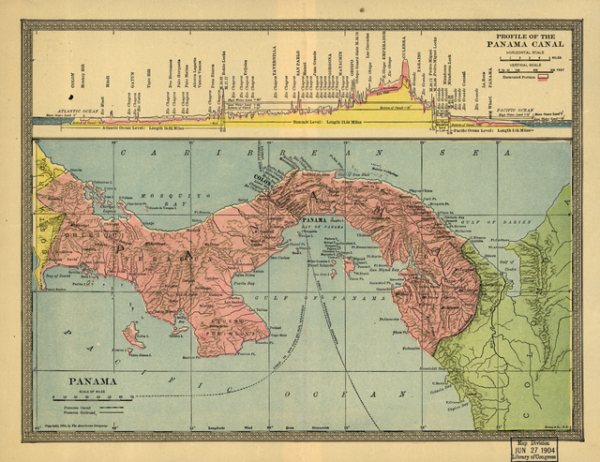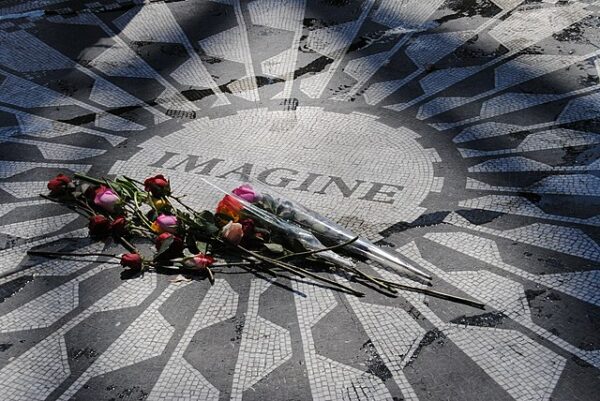On November 18, 1903, the United States secured sweeping control over a ten-mile-wide corridor in Panama, completing an agreement that cleared the way for construction of an interoceanic canal and placed the strategic waterway under near-total American authority.
The Hay–Bunau-Varilla Treaty, signed in Washington by Secretary of State John Hay and Philippe Bunau-Varilla, Panama’s envoy, granted the United States “in perpetuity” the rights to build, administer, defend, and police what would become the Panama Canal Zone. In exchange, the newly formed republic received an immediate $10 million payment and an annual $250,000 beginning in 1913.
The treaty capped a remarkably rapid chain of events on the isthmus. Just fifteen days earlier, Panama had declared independence from Colombia—a break encouraged by President Theodore Roosevelt and reinforced by U.S. naval forces stationed to deter Colombian intervention. The Roosevelt administration recognized the new Panamanian government almost immediately, setting the stage for a canal agreement that had been drafted even before secession was complete.
Bunau-Varilla, a French engineer involved in the earlier failed French canal project, represented Panama despite not having lived there for years. He arrived in Washington with near-final terms in hand, and the treaty was signed without any Panamanian official present. Panama’s provisional government quickly approved the deal, relying on American protection and eager for international legitimacy.
The agreement granted the United States extraordinary authority. Washington would exercise powers “as if it were the sovereign” within the Canal Zone—control that extended to courts, sanitation, policing, taxation, and all construction activities across the ten-mile-wide strip. American officials argued that only full jurisdiction would allow the United States to complete a project of such unprecedented scale and complexity.
Roosevelt, who had long championed an isthmian canal, welcomed the treaty as a triumph for national security and global commerce. A completed canal, he argued, would allow American warships to move quickly between the Atlantic and Pacific and dramatically shorten commercial shipping routes. For Roosevelt, the agreement marked a decisive step toward what he saw as America’s expanding role on the world stage.
Yet critics in Congress and abroad questioned both the speed of the negotiations and the imbalance of power embedded in the treaty. Several lawmakers argued that the arrangement resembled colonial administration more than a bilateral pact, noting that Panama—newly independent and militarily vulnerable—had little leverage to resist American demands. Opposition newspapers called the Canal Zone a “protectorate in all but name,” while Colombian officials denounced the agreement as the product of foreign interference in their former province.
Supporters countered that the treaty offered Panama stability, recognition, and the prospect of economic development. They emphasized that only the United States possessed the engineering capacity and financial resources necessary to revive a project abandoned by the French in the 1880s, when disease and financial collapse brought earlier canal construction to a halt.
The long-term effects of the treaty would prove enduring. The canal, expected to take more than a decade to complete, would reshape global trade routes, expand American naval reach, and cement the United States’ position as the dominant power in the Western Hemisphere. At the same time, the U.S.-controlled Canal Zone would become a symbol of foreign domination to generations of Panamanians, fueling nationalist movements that eventually led to the canal’s return to Panama at the end of the 20th century.






